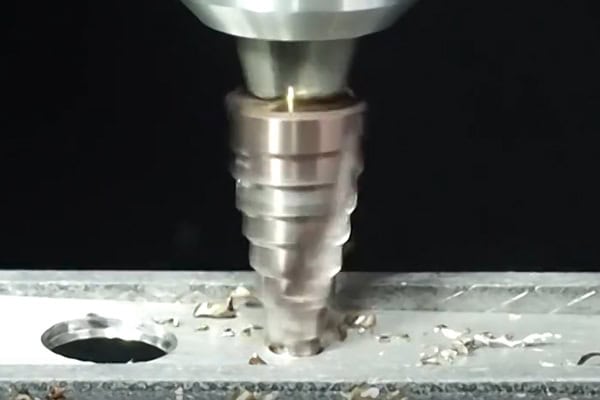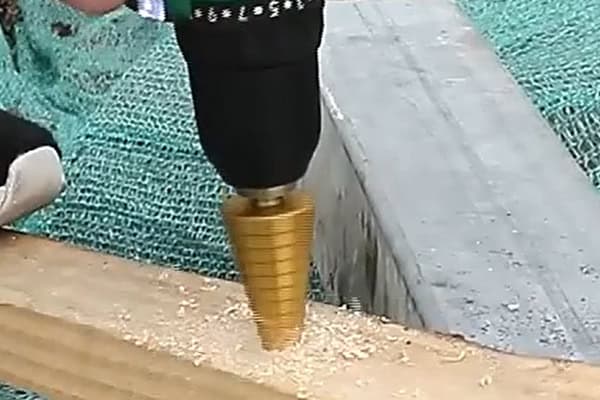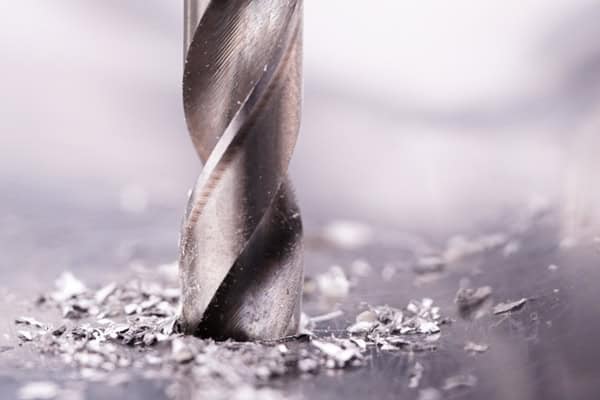Ever struggled with drilling multiple hole sizes? Step drill bits might be the solution you need. They make your work faster and cleaner.
Step drill bits work with a cone-shaped design that has stepped levels. You can drill different hole sizes without changing bits. The sharp edges cut through material as you apply pressure and rotate the drill.

Let me show you how these versatile tools perform so well in various materials.
Does a Step Bit Need a Pilot Hole?
Starting a new project? You might wonder if these special bits require a starting hole.
Most step drill bits don’t need pilot holes. Their sharp points can start cutting directly into thin materials like sheet metal. For thicker materials, we recommend starting with a small pilot hole.
When to Use Pilot Holes with Step Bits
We tested different materials in our factory and found these results:
| Material Thickness | Pilot Hole Needed | Reason |
|---|---|---|
| Under 1mm | No | Tip pierces easily |
| 1-3mm | Optional | Better control |
| Over 3mm | Yes | Reduces bit wear |
For professional results, we suggest:
- Usando center punch marks1 for precision
- Starting at low speed for metal sheets2
- Applying cutting oil for stainless steel3

Can You Use a Step Drill Bit on Plastic?
Many craftsmen hesitate before using metal tools on plastic. Let me share my experience.
Yes, step drill bits work well on plastic. They create smooth, clean edges without cracking the material. The gradual cutting action prevents sudden breaks.
Best Practices for Plastic Drilling
We supply these bits to many plastic fabricators. Here’s what works best:
-
Speed Control
- Set drill to medium speed (800-1200 RPM)
- High speed melts plastic
- Low speed causes rough edges
-
Bit Selection
- Use bits with 118° point angle
- Coated bits reduce friction
- Avoid worn bits that can grab material
-
Support Method
- Back materials with wood block
- Use clamps to prevent vibration
- Clear chips frequently
Can You Use a Step Drill Bit on Wood?
Woodworkers often ask if they can use metal drilling tools for their projects.
Step drill bits can cut through softwoods effectively. For hardwoods, conventional drill bits work better. The wide steps don’t clear wood chips well in dense materials.

Comparing Wood Drilling Methods
We conducted tests with different wood types:
| Wood Type | Step Bit Performance | Recommended Alternative |
|---|---|---|
| Pinho | Excellent | None needed |
| Carvalho | Fair | Brad point bit |
| MDF | Good | Spade bit |
| Madeira compensada | Very Good | None needed |
Key observations from our workshop:
- Step bits leave cleaner edges in thin plywood
- Chip buildup occurs in holes deeper than 12mm
- Regular clearing improves results
- Bit stays cooler than with metal drilling
What Are the Disadvantages of Step Drill Bits?
Every tool has limitations. As a manufacturer, I want to be honest about these.
Step drill bits have limited depth capacity and can’t drill through very thick materials. They’re also more expensive than regular bits and require careful speed control.

Understanding the Trade-offs
Here’s our detailed comparison between step bits and conventional bits:
| Característica | Step Bits | Regular Bits |
|---|---|---|
| Hole size flexibility | Excellent | Poor |
| Depth capacity | Limited (40mm max) | Unlimited |
| Material removal | Gradual | Immediate |
| Custo | Higher | Lower |
| Replacement frequency | Less often | More often |
Common user challenges we’ve noted:
- Difficult to sharpen at home
- Not ideal for angled drilling
- Requires stable drill press for best results
- Limited availability in very large sizes
Conclusão
Step drill bits offer unique advantages for thin materials while having some limitations. Choosing the right tool depends on your specific project needs.
-
Understanding the advantages of center punch marks can enhance your precision in metalworking, leading to better results. ↩
-
Learning about the benefits of low-speed cutting can help you achieve cleaner cuts and reduce material damage. ↩
-
Exploring the role of cutting oil can improve your machin
ing techniques and prolong tool life when working with stainless steel. ↩